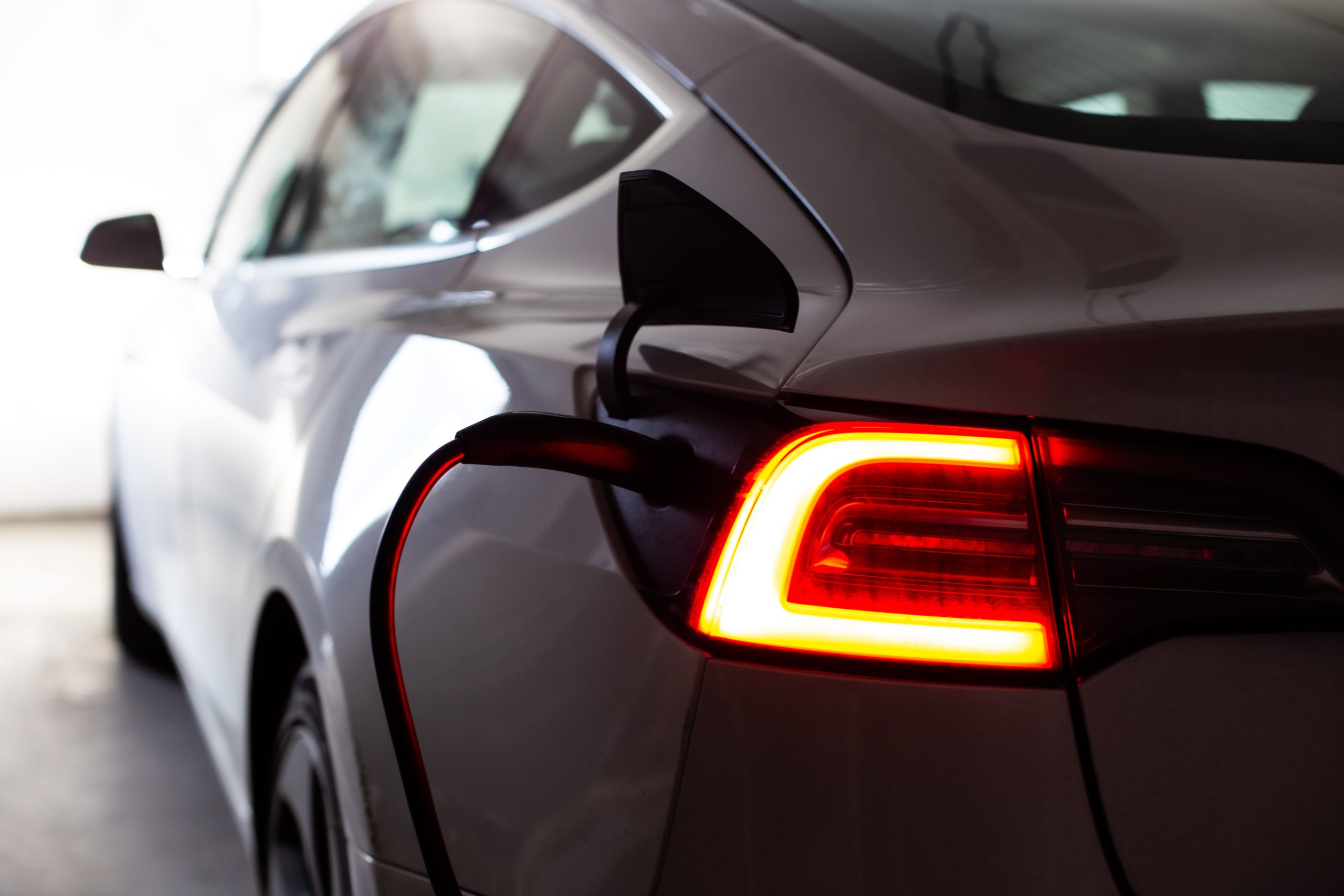
By: Otaiba Ahsan
Charging is a huge factor that many electric vehicle (EV) owners think about until after they’ve ordered their car. It’s important to decide where you’ll regularly be refuelling your Tesla and at what speed you’d like to do so. While Supercharging is an option, an ideal solution typically involves a setup at home. Continue reading for steps on how to get a Tesla charger installed at home.
Levels of Charging Available at Home
Charging at home is typically done in one of two ways. There’s level 1 charging, also known as “trickle charging,” due to its extremely low current. This is the most basic and slowest type of refuelling. It draws power from any 120 V outlet, the same outlets we plug our phone chargers in. The only benefit of trickle charging is that no installation is needed for this type of solution, as you can simply plug your mobile connector directly into the 120 V outlet and put your Tesla on charge. However, it’s not ideal for most due to the slow charge time.
Most Tesla owners who plug in at home typically use level 2 charging. Most people will either get the Tesla wall connector or use a NEMA 14-50 “dryer” outlet with their Tesla mobile connector, which requires a Gen 2 NEMA adapter. Both options provide great charging speeds and will need installation from an electrician.
Where to Charge Your Tesla at Home
Home charging options will vary based on what type of property you reside in, and the logistics will also differ depending on whether you rent or own the home.
1) Level 1 or 2 Charging in Your Garage
If you live in a property where you can park your Tesla in a garage each day, then you can opt for either level 1 or 2 charging. Most home garages will feature a 120 V outlet where you can plug in, or have open wall space where a mobile connector or NEMA 14-50 outlet can be installed.
An electrician will be required to do the setup for the level 2 option. If you own the property, this isn’t a problem as you can simply do it at any time. However, if you rent, you’ll have to get in touch with your landlord and request that one be installed. Typically, landlords don’t mind the prospect of having an EV charger in their garage, so it shouldn’t be an issue.
2) Level 2 Charging in a Shared Parking Lot
If you live in a condo or a residence that has a shared parking lot that doesn’t have any EV chargers available, then you’ll have to request one be installed by the building owner or property manager. These chargers are typically at the level 2 speed.
Whether you own the unit or rent it, the shared parking lot is typically owned by the building. Therefore, you’ll need to request that electric vehicle charging stalls be added. Many new constructions will already have these spots in their plans, and a lot of existing buildings have a process for this type of request now as EV adoption continues to grow.
Getting a Charger Installed
If you’re getting a charger installed in your garage, you’ll need to find a trusted and licenced electrician to do the job. Tesla has a resource to find a “certified installer,” but in my experience, most electricians will have the expertise as EVs are becoming more common. Once you find one that’s suitable
The cost to install a level 2 charger varies depending on your area and how complicated the job is. For example, if your electrical breaker is on the main floor and close to the garage it should be a simpler task than if it’s in your basement. I’ve heard of installations ranging from as low as $250 up to $1000+. Keep in mind, if you opt for the wall connector option, you’ll have to purchase the hardware and pay for installation. Whereas, if you go for the NEMA 14-50 outlet, you’ll only have to pay for an adapter plus installation.
TIP: Check your municipal, provincial and federal governing bodies for any rebates for home charging. Many places offer great options for getting home charging stations installed.
The Bottom Line
The steps on how to get a Tesla charger installed at home are straightforward. First, determine where you’ll be parking your car daily. If it’s in your garage, have an electrician install either the Tesla Mobile Connector, or a NEMA 14-50 outlet, which both support level 2 charging. If you leave your vehicle in a shared parking lot that’s owned by the building, then request that a charger is installed.
